Bringing a snake into your home as a pet can be an exciting and rewarding experience. These fascinating reptiles offer a different kind of companionship than traditional pets like cats and dogs. However, first-time snake owners often make critical mistakes that can affect their snake’s health, happiness, and even survival. The learning curve for proper snake care can be steep, with specific requirements that vary significantly from mammalian pets. Understanding these common pitfalls before you bring home your scaly friend can make the difference between a thriving pet snake and one that struggles. In this guide, we’ll explore ten frequent mistakes new snake owners make and provide practical advice on how to avoid them, ensuring both you and your serpentine companion enjoy a positive relationship.
Choosing the Wrong Species for Beginners
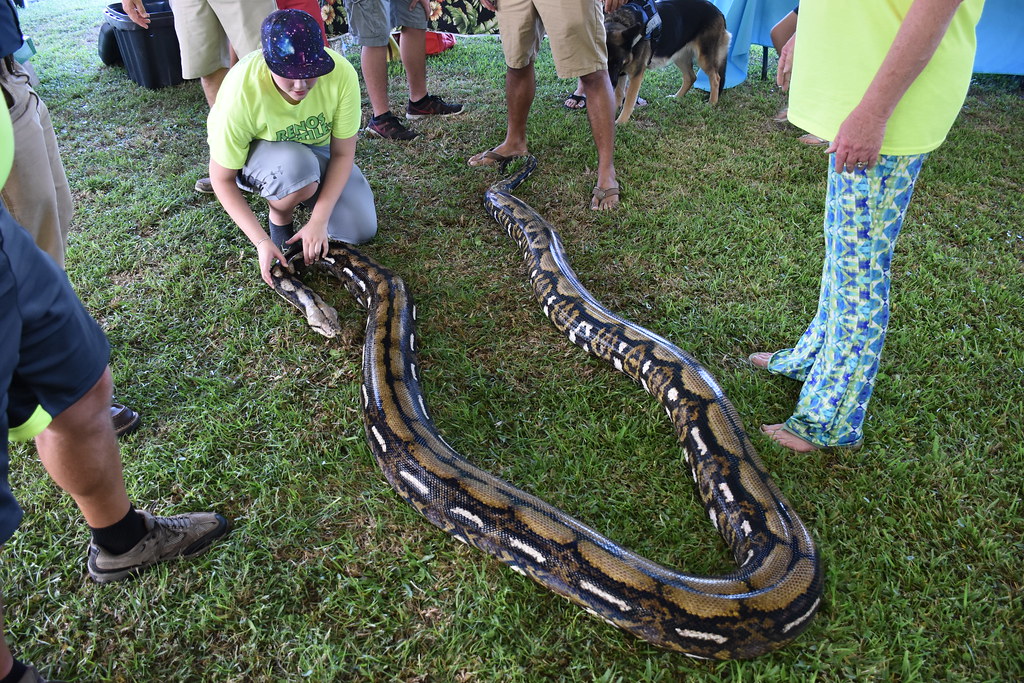
One of the most fundamental mistakes new snake owners make is selecting a species that’s too challenging for their experience level. Ball pythons, corn snakes, and king snakes are generally recommended for beginners due to their manageable size, docile temperaments, and straightforward care requirements. Conversely, species like reticulated pythons, anacondas, or venomous varieties require specialized knowledge and experience that most beginners simply don’t possess. These advanced species may grow exceptionally large, have complex dietary needs, or require precise environmental conditions that are difficult to maintain. Additionally, some snake species can live for decades, requiring a long-term commitment that new owners might not fully appreciate when making their initial selection. Making an appropriate choice from the start sets both the owner and the snake up for a positive, sustainable relationship rather than a stressful situation that could end in rehoming.
Inadequate Enclosure Size and Setup

Many novice snake owners underestimate the importance of proper enclosure size and design, often starting with habitats that are too small or improperly configured. As a general rule, your snake’s enclosure should be large enough to allow the animal to fully stretch out, with adequate space for exercise, exploration, and normal behaviors. The setup should include appropriate substrate (bedding material), secure hiding spots on both the warm and cool sides of the enclosure, a water bowl large enough for soaking, and proper climbing branches or other enrichment items depending on the species. Temperature gradients are crucial, allowing the snake to thermoregulate by moving between warmer and cooler areas as needed throughout the day. Failure to provide these essential habitat elements can lead to stress, reduced appetite, compromised immune function, and various health issues that might not become apparent until significant damage has occurred. Remember that investing in a proper enclosure from the beginning is more cost-effective than upgrading repeatedly or paying for veterinary care for preventable conditions.
Mismanaging Temperature and Humidity

Temperature and humidity control are perhaps the most critical aspects of snake husbandry, yet they’re frequently misunderstood or improperly maintained by beginners. Snakes are ectothermic (cold-blooded), meaning they rely entirely on external heat sources to regulate their body temperature, which affects everything from digestion to immune function. Most species require a temperature gradient with a warm basking area (typically 85-90°F for many common pet species) and a cooler retreat area (around 75-80°F). Similarly, humidity requirements vary widely between species, from desert-dwelling snakes needing lower humidity levels to tropical species requiring 60-80% humidity or higher. Using incorrect heating equipment, failing to monitor temperatures with reliable thermometers, or providing inconsistent humidity can lead to respiratory infections, difficulty shedding, digestive problems, and other serious health issues. It’s essential to research the specific requirements of your snake species and invest in proper equipment like thermostats, hygrometers, and appropriate heating elements to maintain these conditions consistently.
Improper Handling Techniques

Inexperienced snake owners often handle their pets incorrectly, which can stress the animal and potentially lead to injury for both snake and handler. One common mistake is handling a snake too soon after bringing it home—new snakes should be allowed to acclimate to their environment for at least a week before any handling attempts. Another error is handling snakes during or just after feeding, which can cause regurgitation, a serious condition that stresses the snake’s system and can lead to health complications. Proper technique involves supporting the snake’s body evenly throughout its length, never grabbing the animal by the middle or tail, and avoiding quick movements that might startle it. Additionally, washing hands before and after handling is crucial—before to remove scents that might trigger a feeding response, and after for hygiene purposes. Learning to read your snake’s body language is equally important; signs of stress include rapid breathing, tensing muscles, hissing, or assuming defensive postures, all indicating that handling should cease immediately.
Feeding Errors and Misconceptions
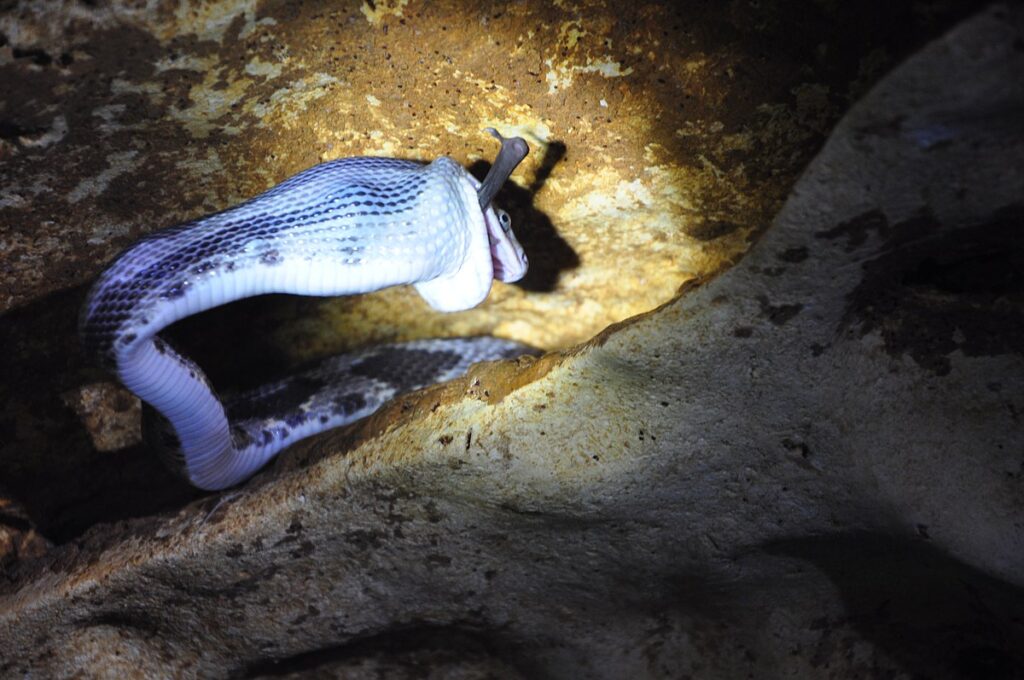
Feeding practices represent another area where beginner snake owners frequently make mistakes that can impact their pet’s health and wellbeing. One common error is offering prey items that are too large or too small for the snake’s size, which can lead to regurgitation or inadequate nutrition respectively. The general rule is that the prey item should be approximately the same width as the widest part of the snake’s body or slightly larger. Another misconception involves feeding frequency—many new owners either underfeed or overfeed their snakes, not realizing that most adult snakes only need to eat every 1-2 weeks, while juveniles typically require more frequent feeding. Live feeding is another controversial area; while some owners believe it’s more natural, it poses risks of injury to the snake if the prey fights back, and most captive snakes readily accept pre-killed or frozen-thawed prey with proper training. Additionally, some beginners make the mistake of handling their snake immediately after feeding, which can cause stress and regurgitation—a 48-72 hour digestion period without disturbance is generally recommended after meals.
Neglecting Regular Health Monitoring
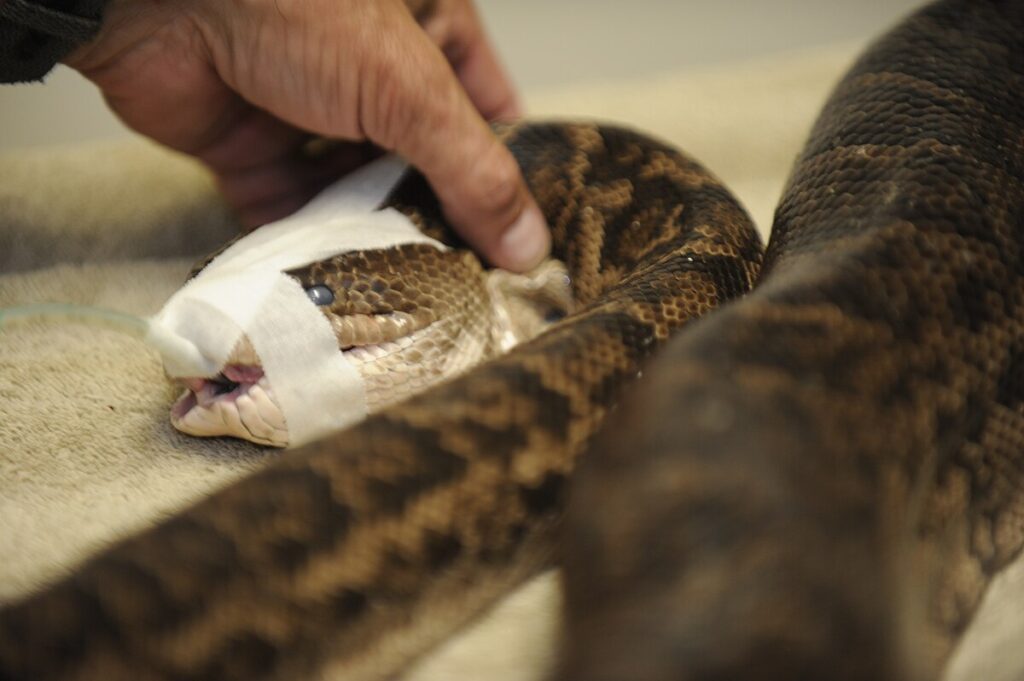
A critical oversight among new snake owners is failing to establish a routine for monitoring their pet’s health, often only noticing problems when they’ve become severe. Regular health checks should include observing the snake’s skin condition for signs of mites, ticks, blisters, or abnormal shedding patterns that might indicate underlying issues. The mouth and vent areas should be checked for discoloration, discharge, or swelling that could signal infections. Body condition is another important indicator—a healthy snake should feel firm and muscular, neither emaciated with visible spine nor overly fat with skin stretched tightly over fat deposits. Behavioral changes like decreased activity, lack of appetite for extended periods, abnormal posturing, or difficulty breathing warrant immediate attention and potentially veterinary care. Many snake health problems develop gradually, with subtle early signs that attentive owners can catch before they become serious. Establishing a relationship with a reptile-experienced veterinarian before emergencies arise is also crucial, as finding specialized care during a crisis can be challenging and delay necessary treatment.
Misunderstanding Shedding Processes
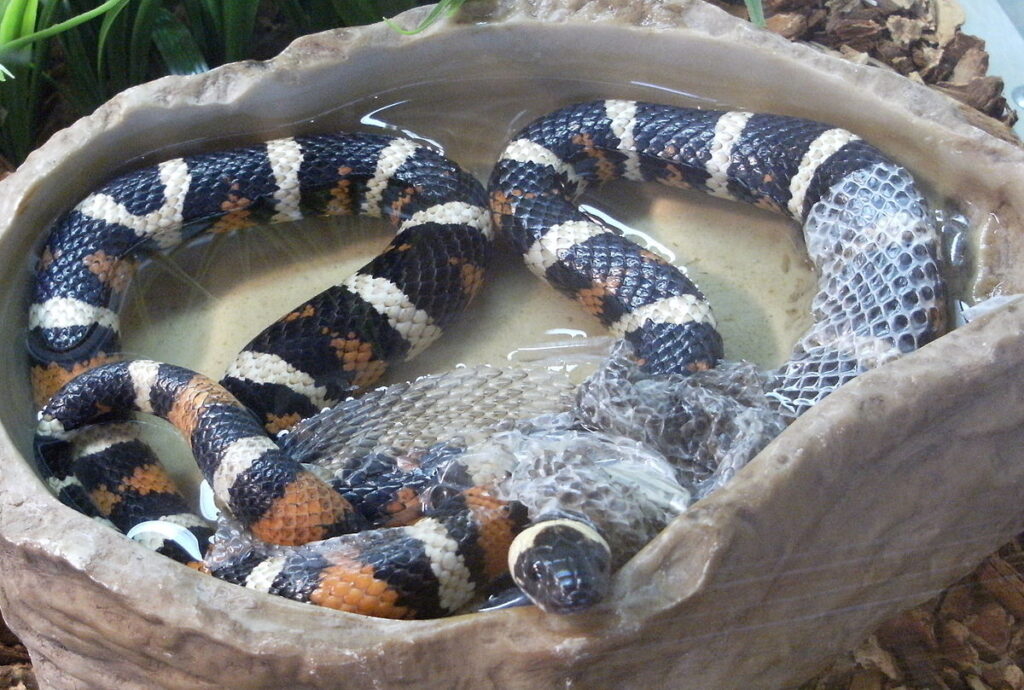
Shedding (ecdysis) is a natural process for snakes, but many beginners misunderstand what constitutes normal shedding and how to properly support their pet through this vulnerable time. A healthy shed should come off in one complete piece, from nose to tail tip, rather than in multiple fragments. Pre-shed indicators include dulling of the snake’s colors, a bluish or grayish appearance to the eyes (known as “blue phase” or being “in blue”), and sometimes more reclusive behavior—all normal parts of the process that new owners might mistakenly interpret as illness. Problems arise when humidity is too low, causing incomplete sheds where skin remains stuck on the snake, particularly around the eyes, tail tip, or vent area. These retained eye caps or tail sheds can lead to infection or constriction injuries if not addressed. During shedding periods, providing a humidity hide (a container with damp moss or paper towels) and ensuring overall appropriate enclosure humidity can significantly improve the shedding process. Additionally, handling should be minimized during this time, as the snake’s vision is temporarily compromised and stress can interfere with the shedding process.
Cohabitation and Social Misunderstandings

A dangerous misconception among some new snake keepers is that snakes benefit from or require companionship, leading to the practice of housing multiple snakes together. In reality, most snake species are solitary by nature and should be housed individually to prevent stress, competition for resources, and potential injury or even cannibalism. Even snakes of the same species rarely “socialize” in any meaningful way; what might appear as cuddling behavior to human observers is typically competition for prime temperature spots or other resources. The risks of cohabitation include feeding aggression where one snake mistakes another for prey, size disparities leading to dominance issues, disease transmission between animals, and the difficulty of monitoring individual health and feeding patterns. The rare exceptions to this rule generally involve specific breeding situations managed by experienced keepers under carefully controlled conditions. For beginners, the safest and most responsible approach is to provide separate enclosures for each snake, allowing for individualized care tailored to each animal’s specific needs without the complications and risks of cohabitation.
Inadequate Research Before Purchase

Perhaps the most fundamental mistake new snake owners make is failing to conduct thorough research before bringing a snake home, often resulting in inappropriate care and unrealistic expectations. Responsible ownership requires understanding the snake’s expected lifespan (which can range from 10-30+ years depending on species), adult size, specific environmental requirements, feeding schedule, and potential health issues. Many beginners purchase snakes on impulse, attracted by a striking pattern or small juvenile size, without considering the long-term commitment or the snake’s eventual adult dimensions. This lack of preparation frequently leads to the abandonment or surrender of snakes when they grow larger than expected or require more specialized care than the owner anticipated. Additionally, inadequate research may result in purchasing from irresponsible breeders or sellers who provide unhealthy animals or inaccurate care information. Thorough research should include multiple sources such as reputable books, established reptile organizations, experienced keepers, and reptile-specialized veterinarians—not just pet store employees or casual internet searches that might yield outdated or incorrect information.
Cutting Corners on Essential Equipment
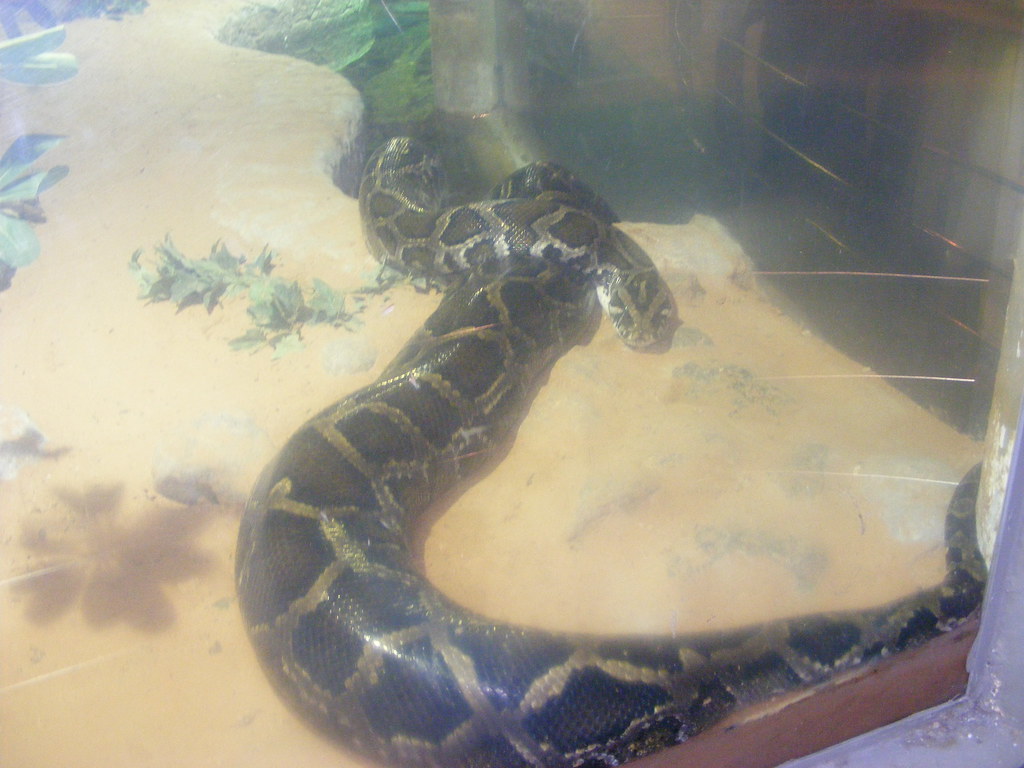
Many beginners attempt to reduce costs by skimping on essential equipment, ultimately creating problems that become more expensive to address than the initial investment would have been. Quality thermostats are particularly crucial yet often overlooked—using unregulated heat sources can lead to dangerous temperature fluctuations, burns, or even fatal enclosure fires. Similarly, inadequate thermometers and hygrometers provide inaccurate readings that can result in improper environmental conditions causing health issues over time. UVB lighting, while debated for some species, is increasingly recognized as beneficial for many snakes’ overall health and natural behaviors, yet is frequently omitted from beginner setups. Proper enclosure security is another area where new owners might cut corners, using inadequate latches or lightweight lids that clever snakes can escape from, potentially resulting in lost pets or dangerous situations if the snake encounters household hazards or other pets. Additionally, emergency supplies like backup heat sources during power outages are often neglected until a crisis occurs. The reality is that proper snake keeping requires an investment in reliable equipment that ensures consistent, appropriate care; attempting to save money on these essentials often costs more in veterinary bills or replacement animals in the long run.
Failing to Recognize When Veterinary Care Is Needed
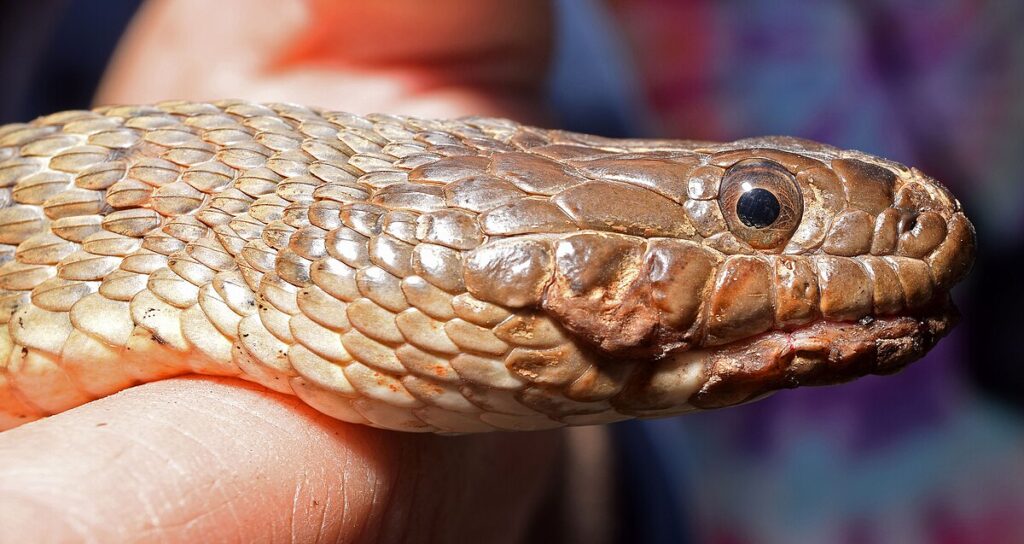
A potentially fatal mistake that novice snake owners make is delaying or avoiding veterinary care when their snake exhibits signs of illness, often due to misconceptions about reptile health or reluctance to invest in specialized veterinary services. Many beginners don’t realize that reptiles, including snakes, instinctively hide symptoms of illness until conditions become advanced—an evolutionary strategy to avoid appearing vulnerable to predators in the wild. This means that by the time symptoms are obvious enough for an inexperienced owner to notice, the condition may already be severe. Common signs that warrant immediate veterinary attention include prolonged refusal to eat (beyond normal fasting periods), abnormal feces or urates, difficulty breathing, swellings or bumps, mouth rot (infectious stomatitis), unusual postures, neurological symptoms like tremors or disorientation, and incomplete or difficult sheds that don’t resolve with humidity adjustments. Finding a veterinarian with specific reptile experience is crucial, as general practitioners without specialized knowledge may miss important diagnostic clues or provide inappropriate treatment. Establishing a relationship with a reptile veterinarian before emergencies arise, including an initial wellness exam when first acquiring your snake, creates a baseline for future health assessments and ensures you have access to appropriate care when needed.
Inconsistent Maintenance and Cleaning Routines
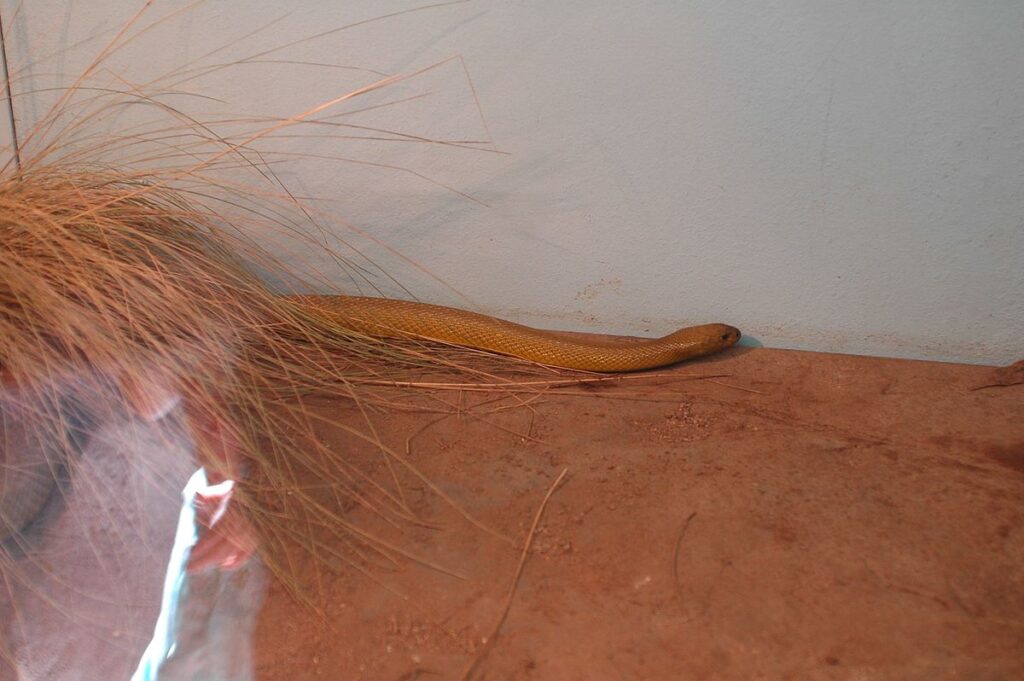
Maintaining a clean snake enclosure is fundamental to preventing disease, parasites, and stress, yet many beginners either clean too frequently, disrupting their snake’s environment, or too rarely, allowing dangerous conditions to develop. A proper maintenance schedule typically includes daily spot cleaning to remove waste, uneaten food, and soiled substrate, alongside regular water bowl cleaning and refilling with dechlorinated water. More thorough cleaning should occur on a schedule appropriate to the snake’s size, activity level, and enclosure type—typically every 4-6 weeks for most setups. Using harsh chemicals during cleaning presents significant dangers, as residues can be absorbed through the snake’s skin or respiratory system; reptile-safe cleaners or diluted bleach solutions (thoroughly rinsed and dried) are safer alternatives. Additionally, many beginners fail to quarantine new snakes or properly disinfect tools and equipment used between different enclosures, potentially spreading parasites or infections throughout their collection. Establishing and maintaining a consistent cleaning routine, using appropriate cleaning agents, and keeping detailed records of full enclosure cleanings helps prevent the buildup of harmful bacteria and maintains optimal environmental conditions for the snake’s health and wellbeing.## Conclusion
Becoming a successful snake owner requires dedication, knowledge, and attention to detail. By avoiding these ten common mistakes, beginners can provide their scaly companions with the proper care they need to thrive in captivity. Remember that responsible snake ownership begins before purchase, with thorough research into your chosen species’ specific requirements. Investing time in understanding proper handling techniques, habitat design, temperature regulation, feeding protocols, and health monitoring will lead to a rewarding relationship with your snake for years to come. When in doubt, consult experienced keepers, reputable breeders, or reptile-specialized veterinarians rather than relying on potentially outdated or incorrect information. With proper preparation and ongoing education, the journey of snake ownership can be an incredibly fulfilling experience that fosters a deeper appreciation for these remarkable reptiles.


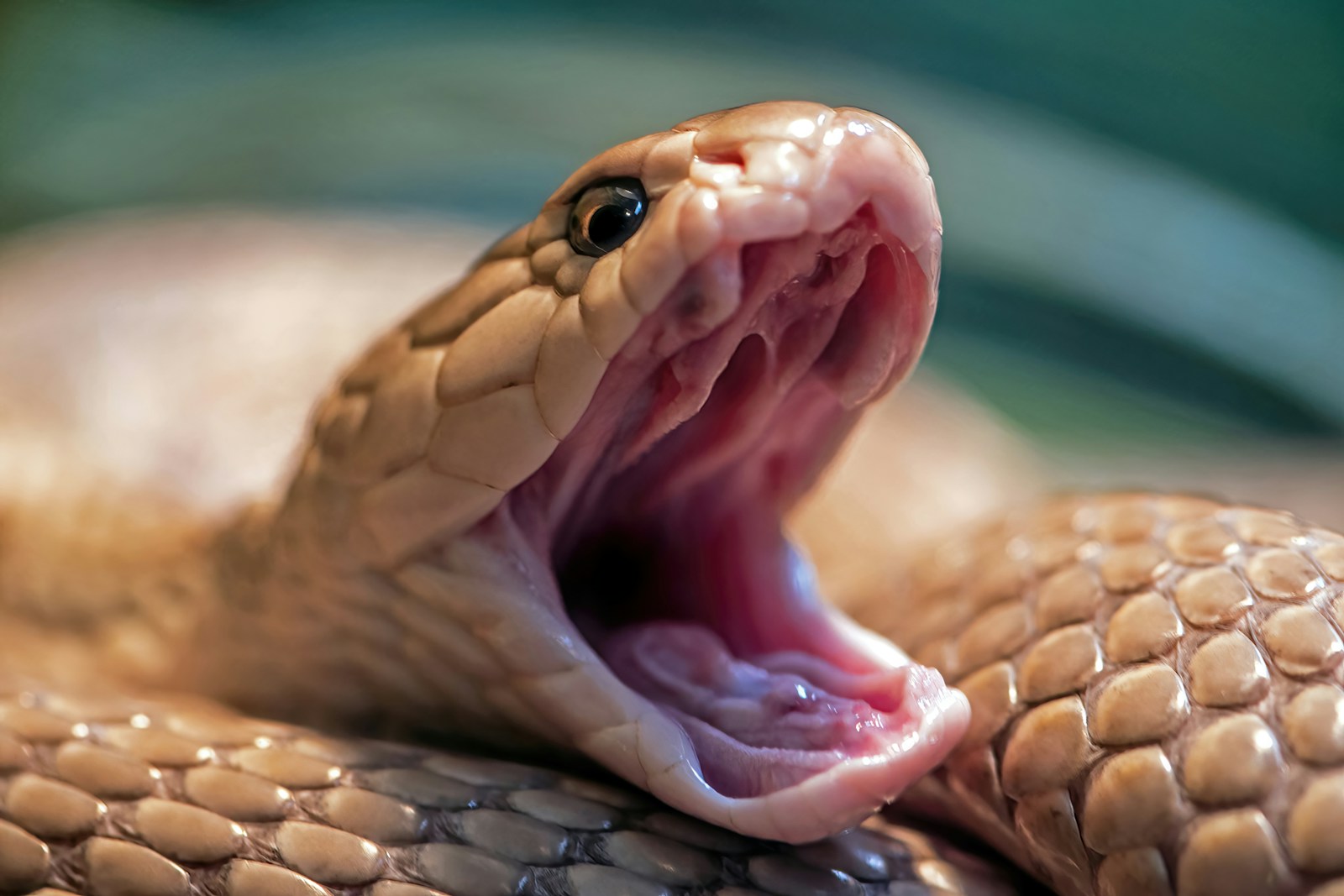

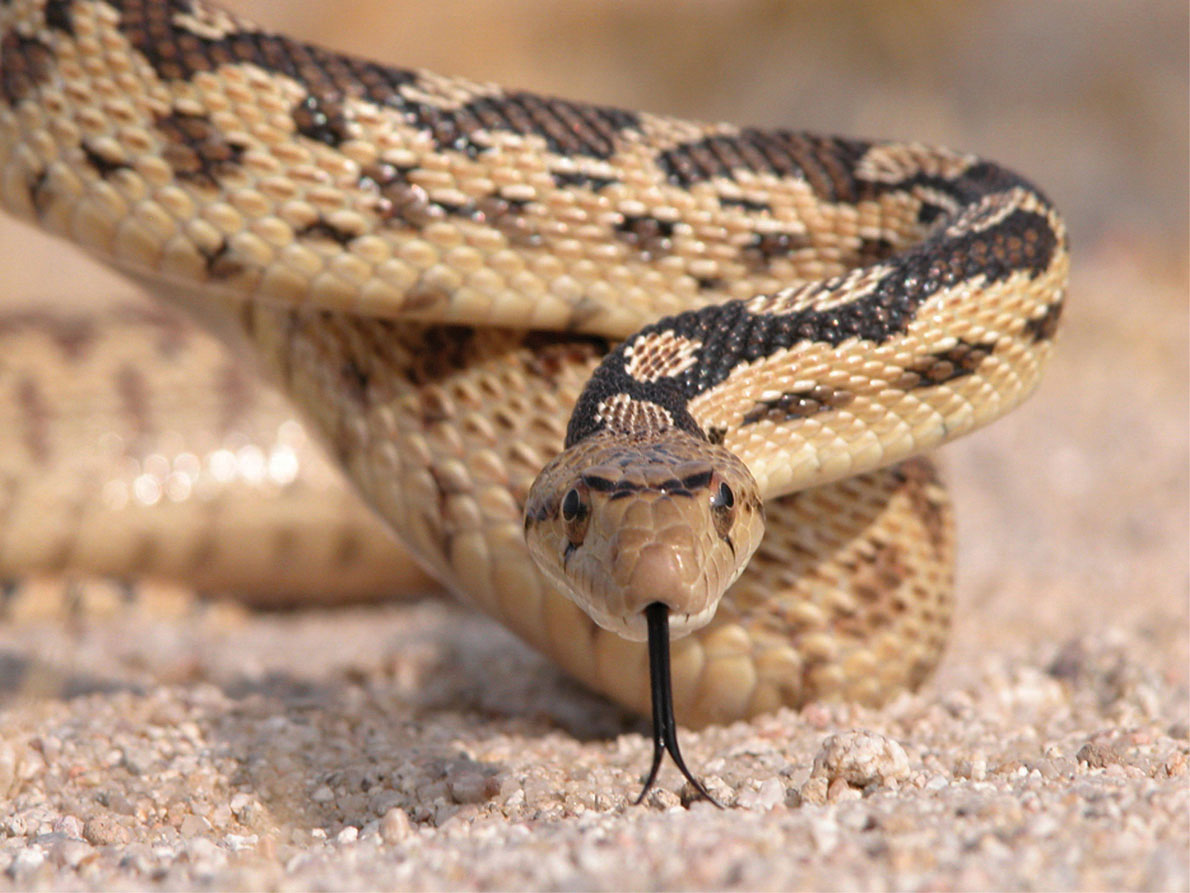
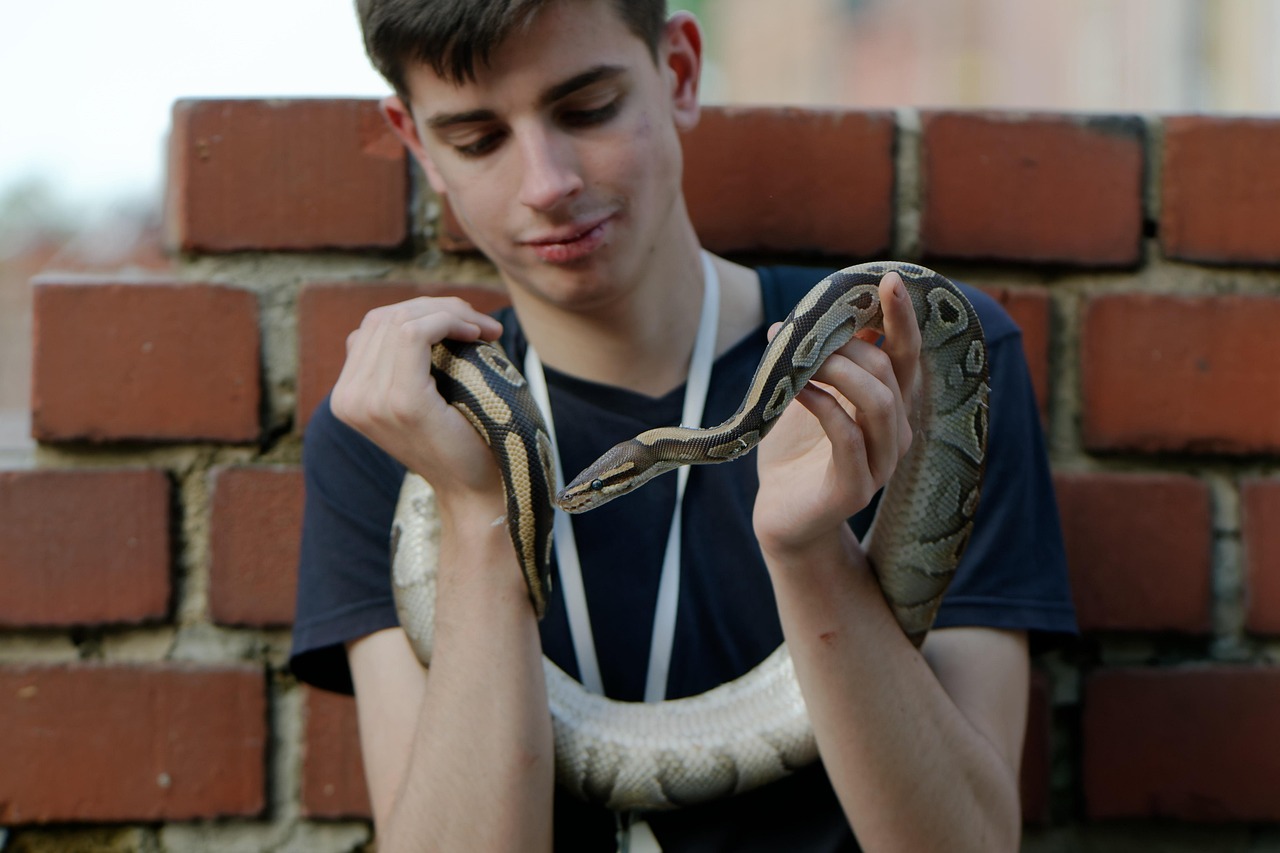
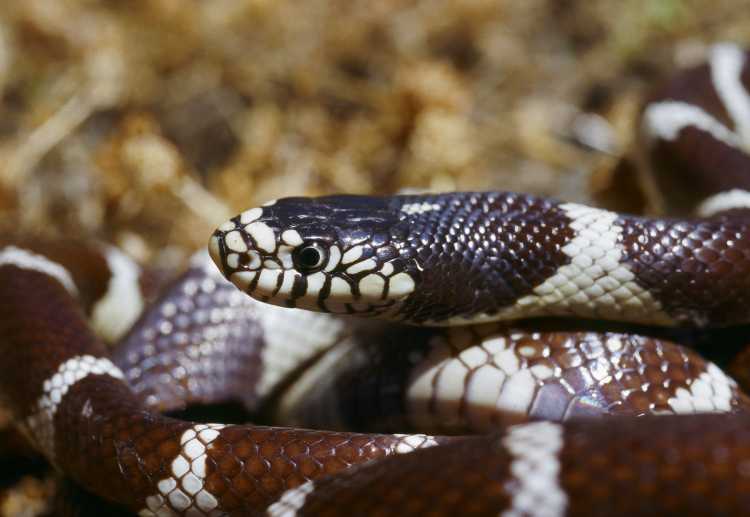
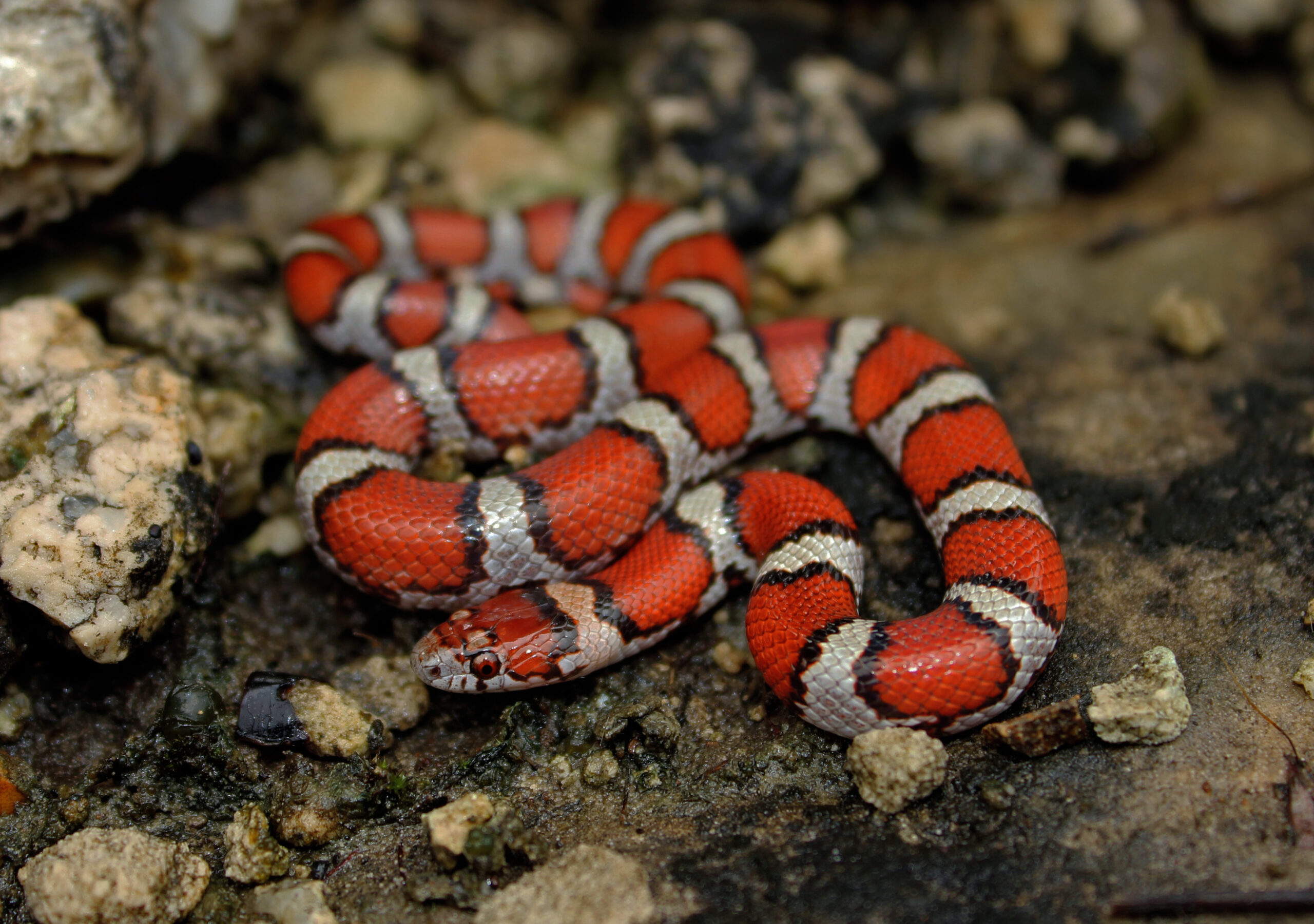








Leave a Reply